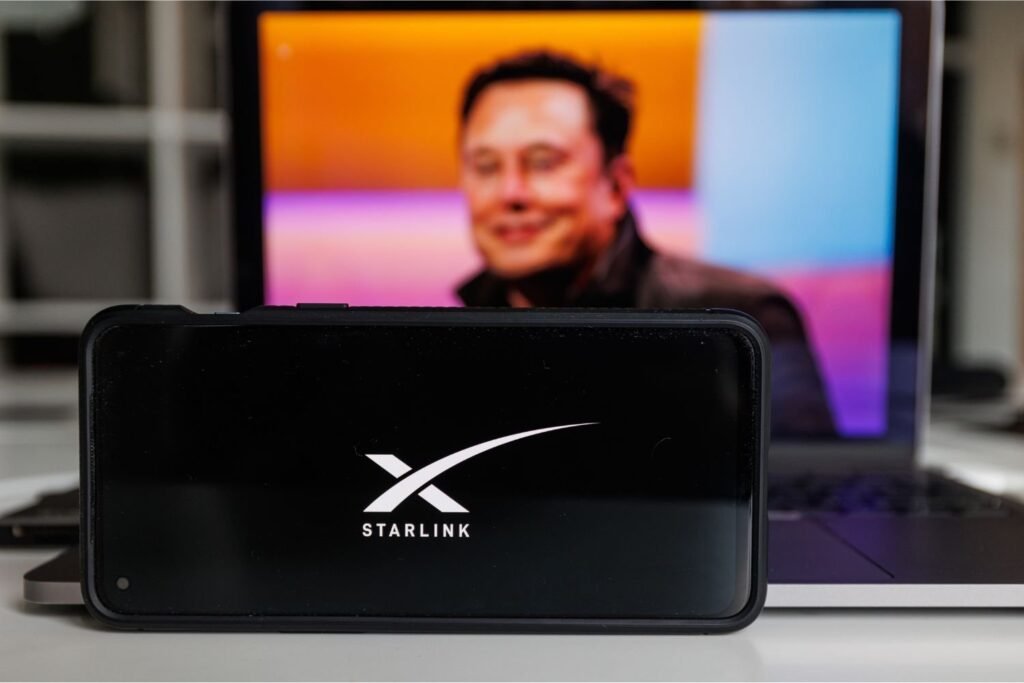The introduction of Elon Musk’s Starlink satellite internet service for mobile phones, and a breakdown of its pricing

Starlink Introduces Mobile Phone Service
Starlink, the satellite internet service offered by SpaceX, has expanded its offerings to include a version for mobile devices in addition to the existing home connection service available in various countries. With the launch of this new technology, known as Direct to Cell, users can expect monthly fees to be around $100.
How Does Starlink Direct to Cell Work?
Since 2019, Starlink has been transforming connectivity with its constellation of over 5,000 satellites providing internet service to more than 2.3 million users worldwide. The Direct to Cell program now allows for direct connectivity to mobile phones without the need for external antennas or additional hardware.
The Starlink satellites are equipped with a modem called eNodeB, which acts as a cellular tower in space. This device enables integration with terrestrial mobile networks using common roaming standards like LTE. Essentially, your phone will connect to the Starlink satellite in the same way it would with a regular phone tower, as long as the service is available in your area.
Advantages of Starlink Direct to Cell
– Compatible with any phone that has access to 4G or 5G.
– No hardware modifications or additional app downloads required.
Initially, access to this service will be limited to countries where Starlink has agreements with mobile operators. Currently, only T-Mobile in the United States has partnered with Starlink, with more companies expected to join by 2025.
Cost of Starlink on Mobile Phones
While specific prices for the Direct to Cell service have not been released, the current rates for other Starlink services can offer an estimate:
– Starlink Residential: $120 per month.
– Roam (roaming): $150 per month.
– Residential equipment (antenna and router): $600 (one-time payment or in installments).
For Direct to Cell, costs will vary based on agreements with local operators and are expected to be similar to residential service rates, starting with basic text messaging.
Regulatory and Social Progress
In November 2023, the Federal Communications Commission (FCC) granted SpaceX a commercial license to operate with T-Mobile, allowing for direct connectivity in specific frequency bands. In January 2024, Starlink and T-Mobile conducted tests in areas affected by Hurricane Helene, enabling residents to send text messages and make emergency calls when land networks were unavailable.
Highlighted Benefits
– Connectivity in rural and remote areas.
– Access to emergency services like 911.
– More efficient spectrum usage.
Challenges Ahead
– Local authorizations required from regulatory agencies in different countries.
– Technical integration to ensure satellite capabilities align with existing networks.
– Global accessibility, with potential high costs for developing countries.
With these advancements, Starlink aims to revolutionize global connectivity, representing a significant milestone in the evolution of satellite internet.




